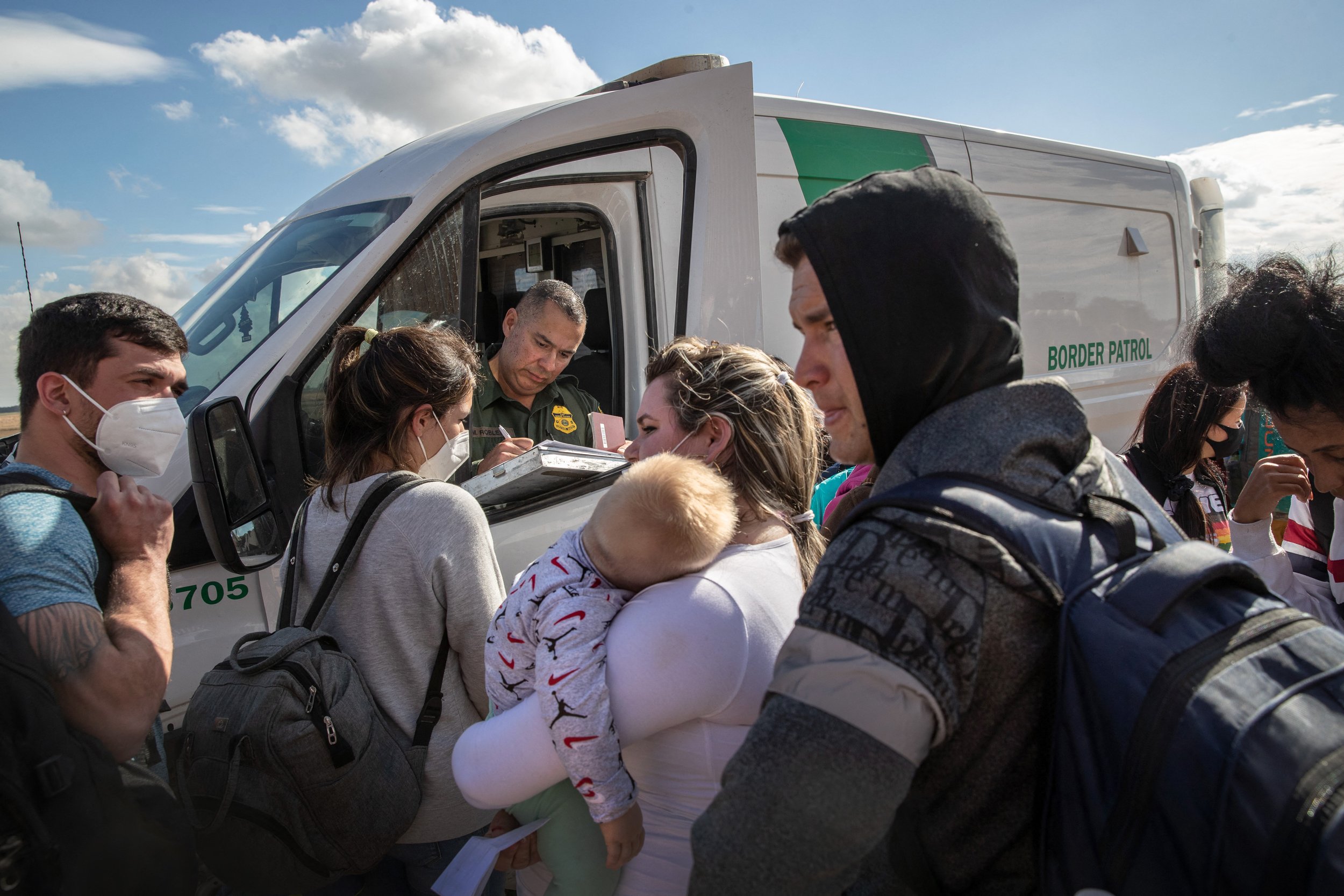Nepal Battles For Vaccine Doses
A healthcare worker gives someone the vaccine in Kathmandu. [AFP/ Prakash Mathema]
We know the havoc wreaked by COVID in the United States, the world’s richest country – but how does a country with just a fraction of America’s wealth and international clout cope?
The tiny, tourism-dependent Himalayan nation Nepal has been grappling with an escalating COVID crisis exacerbated by the country’s dependence on India for medical supplies, its relative poverty and government dysfunction. These circumstances have left Nepal reliant on bizarre and complicated mechanisms for acquiring vaccines from international organizations and other countries, highlighting stark inequalities in global health care.
I called up Luna Ranjit (@LunaRanjit), who was herself recovering from COVID – she’s an organizer in Kathmandu, and previously organized South Asian immigrant workers in New York. She’s been working with the COVID Alliance for Nepal (@covid4nep), a coalition of groups and volunteers pressing foreign governments to send vaccine doses, helping manage the social impact of Nepal’s lockdown and other urgent needs posed by the pandemic. It’s been an uphill battle because, as she noted, “Nepal doesn't have a lot of geopolitical clout anywhere.”
The rich spread it, the poor get it
Western tourists have had a hand in the catastrophe that now faces the country. “Nepal opened up the mountains to mountaineering and tracking this year [a major part of Nepal’s tourism industry]. And because last year had this abrupt end to all the mountaineering, a lot of porters and guides signed up because they had no income last year and they couldn't survive another year without an income. And many of them contracted COVID [in] the base camps.”
“People were technically not supposed to mingle with other groups, but that didn't happen – there were base camp parties. And we know that because some of these influencer types were actually posting on social media that they were having a party in the base camp with singing and no masks. A large percentage of villages tested positive after that.”
The situation
Ranjit noted a “massive lack of coordination,” resulting in “people begging for hospital beds, begging for ICU, begging for information and medicine. And just like in India, oxygen became the biggest bottleneck early on. People were literally dying because they didn't have oxygen.” And while this was happening, “parts of the government were also fighting with each other about who gets to manage oxygen distribution. In the two, three days, when they [government agencies] were doing this ping-pong, hundreds of people died.” The situation in Kathmandu has improved, but ICU beds are still in short supply.
She also notes that the crisis is moving out of the capital city. “So, official statistics show a sharp downturn in Nepalis testing positive, but that's just because there's not enough testing happening in rural areas, and in many parts of the country, there's no testing at all.”
COVID plagues the border
Nepal has an open border with India, with an enormous amount of migration back and forth in both directions. “A lot of Nepalis are also seasonal migrants. Even people with small farms, small holdings, it's not enough to sustain them the entire year. So they do go back and forth ... this time around, the borders were open for way too long and then it goes from one extreme to the other. The government forced people to stay in isolation centers, but some of them had horrible conditions. So people ran away from isolation centers. It was really chaos.”
“The virus does travel – it doesn't care about national borders. So then the general messaging in Kathmandu becomes like, oh, the migrant workers are bringing the virus. The migrant workers are the problem. And that's very dangerous. There's a historic problem in Nepal that Southern Nepal is seen as an “other” by the Kathmandu elite. Southern Nepal is always seen as sympathetic to India, not Nepali enough. So there’s a class issue, but there's also the ethnicity issue.”
Ranjit notes that there are still flights carrying wealthier people between India and Nepal, while other commercial flights have been shut down. “That part of the problem is not discussed enough. It's often just [seen as] the poorest of the people who are walking back home that becomes the problem.”
The lockdown ripple effect
“More and more, we are hearing people say that we're not afraid of COVID anymore. We're more afraid of hunger. We're distributing food through the alliance and were encountering people who hadn't eaten in two days. A lot of migrant workers have actually left the city. The people who have village homes have gone back, but there are many people who have nowhere else to go. So … that's the silent pandemic. If it’s not addressed, we'll end up killing more people, but it's not going to be as visual as people gasping for oxygen, so that's not going to make news.”
Getting the vaccine
“So far, Nepal has gotten vaccines through India and China through donation,” says Ranjit, “and then the government also put a purchase order in with an Indian producer, directly with the business for 2 million doses – the first million doses came. The second million never came because India’s cases got really bad and they stopped exporting.”
“The other source for Nepal was COVAX,” the international vaccine equity effort. “But one COVAX supplier was the Serum Institute, which is in India.” And since India stopped exporting, Nepal didn't get the anticipated number of doses from COVAX either.
“China has given an additional million doses. And the other vaccine that's been approved in Nepal is a Sputnik V, the Russian one that doesn't yet have WHO approval. So it hasn't really arrived yet. We're still trying to understand the hold up.”
Taking action
Ranjit has been working with the COVID Alliance to put pressure on the U.S. government to send vaccine doses to Nepal. “We started out by sending an open letter to the U.S. ambassador to Nepal, and then we also put a petition online. That got a lot of people talking, and people can still call their elected officials at the federal level to ask them to include Nepal in the vaccine aid that the president had promised.”
“Beyond thinking just about Nepal,” says Ranjit, “people should be thinking about the pharmaceutical international property laws holding back the mass production of vaccines. The U.S. has said that it supports a patent waiver, but the World Trade Organization works by consensus, and there are many other countries that haven’t agreed. So is Biden’s statement just a statement to get critics off his back, or is it really a commitment to vaccine equity?”

![A healthcare worker gives someone the vaccine in Kathmandu. [AFP/ Prakash Mathema]](https://images.squarespace-cdn.com/content/v1/5f21dbb91adde3260d4ba1ef/1623348226899-JTT8DLEUJKY0FYQT8IW4/000_9BR9JA.jpg)



